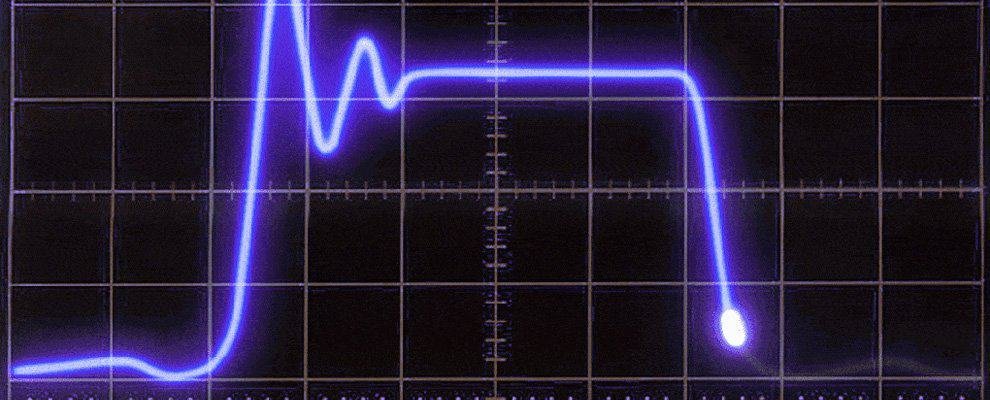How to Calculate RF Pulse Power Using an RF Calculator

16
Jun
 Coaxial Cable Assembly
Coaxial Cable Assembly
 Microwave Test Cable
Microwave Test Cable
 Coaxial RF Connector
Coaxial RF Connector
 Coaxial RF Adapter
Coaxial RF Adapter
 Coaxial RF Termination
Coaxial RF Termination
 Coaxial RF Test Probe
Coaxial RF Test Probe
 Coaxial RF Attenuator
Coaxial RF Attenuator
 RF Switch
RF Switch Coaxial RF Power Dividers
Coaxial RF Power Dividers
In RF engineering, calculating RF pulse power is essential for optimizing systems like wireless communication, radar, and medical devices. An RF calculator simplifies this process, ensuring accuracy and efficiency. This article explains how to calculate RF pulse power by posing the problem, analyzing it, and offering a clear solution, using tools like the coax calculator and RF power calculator.
RF pulse power measures the energy in short RF signal bursts. Unlike continuous signals, pulsed signals require precise calculations for performance and safety. Engineers need this data to design systems, select components, and meet regulations. Manual calculations are complex, but an RF calculator makes it easier.
RF pulse power is the energy delivered in pulses, defined by peak power, pulse width, and repetition frequency. It differs from average power, which considers the duty cycle. Accurate calculation ensures systems work without overloading components like cables or antennas.
To calculate RF pulse power, consider:
Peak Power: Maximum power during a pulse.
Pulse Width: Duration of each pulse.
Duty Cycle: Ratio of pulse duration to total time.
Transmission Losses: Attenuation in cables or connectors.
Tools like the coaxial cable calculator or RF cable calculator help factor in losses, while the RF power calculator computes power levels.
Manual methods require complex formulas and precise data. Errors in pulse timing or cable specs can skew results. Online tools like the everything RF calculator or RF calculator antenna streamline this, reducing mistakes.
Here’s a step-by-step guide to calculate RF pulse power using an RF calculator, with a coaxial cable example.
Gather:
Pulse Width: 2 µs
Pulse Repetition Frequency (PRF): 500 Hz
Peak Power: 200 W
Cable: RG-213, 5 meters, 900 MHz
Duty cycle (D) = Pulse Width × PRF
[ D = 2 \times 10^{-6} \times 500 = 0.001 ]
Average Power (P_avg) = Peak Power × Duty Cycle
[ P_{\text{avg}} = 200 \times 0.001 = 0.2 \text{ W} ]
Using a coaxial line calculator, RG-213 at 900 MHz has ~0.3 dB/m loss.
Total Loss = 0.3 × 5 = 1.5 dB
Loss Factor = ( 10^{\left(\frac{-1.5}{10}\right)} = 0.708 )
Output Power = ( 0.2 \times 0.708 = 0.1416 \text{ W} )
Use an RF coax calculator or rf calculators to confirm. Input peak power, duty cycle, and loss; the result should match 0.1416 W.
Coax Calculator: For cable power capacity.
Coaxial Cable Calculator: Detailed cable specs.
RF Power Calculator: General power calculations.
Everything RF Calculator: All-in-one RF tool.
RF Calculator Antenna: Antenna-specific data.
Accurate Inputs: Double-check pulse and cable data.
Tool Selection: Use a coaxial line calculator for cables, RF calculator antenna for antennas.
Cross-Verify: Compare results across tools like RF cable calculator and RF power calculator.
Calculating RF pulse power is vital for RF system design, and an RF calculator simplifies it. By understanding key factors and using tools like the coax calculator or everything RF calculator, you can ensure precise results. Try these methods and tools to enhance your RF projects and contact us for tailored solutions.
 Coaxial Cable Assembly
Coaxial Cable Assembly
 Microwave Test Cable
Microwave Test Cable
 Coaxial RF Connector
Coaxial RF Connector
 Coaxial RF Adapter
Coaxial RF Adapter
 Coaxial RF Termination
Coaxial RF Termination
 Coaxial RF Test Probe
Coaxial RF Test Probe
 Coaxial RF Attenuator
Coaxial RF Attenuator
 RF Switch
RF Switch Coaxial RF Power Dividers
Coaxial RF Power Dividers Coaxial Cable Assembly
Coaxial Cable Assembly
 Microwave Test Cable
Microwave Test Cable
 Coaxial RF Connector
Coaxial RF Connector
 Coaxial RF Adapter
Coaxial RF Adapter
 Coaxial RF Termination
Coaxial RF Termination
 Coaxial RF Test Probe
Coaxial RF Test Probe
 Coaxial RF Attenuator
Coaxial RF Attenuator
 RF Switch
RF Switch Coaxial RF Power Dividers
Coaxial RF Power DividersNo account yet?
Create an Account